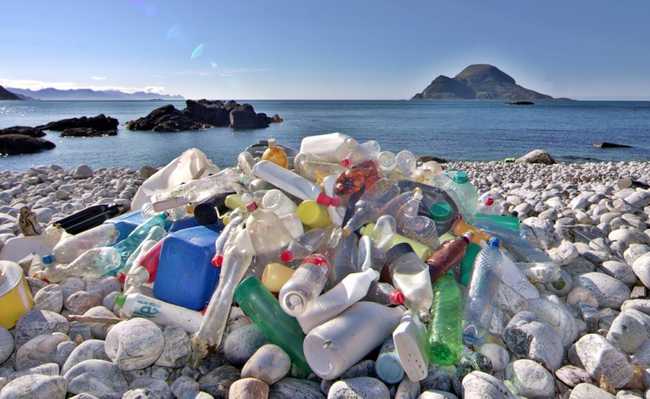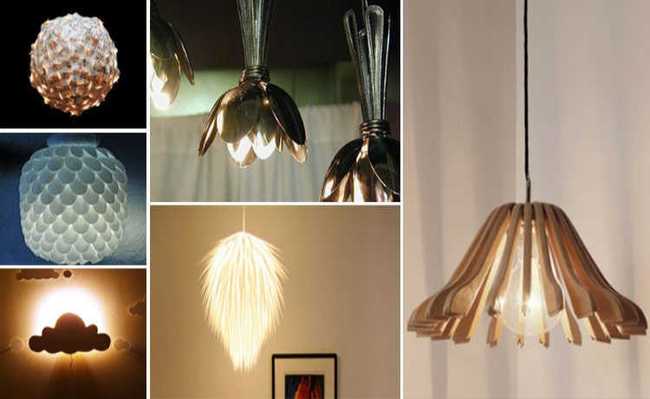Solar desalinator helps fight drought in Pernambuco
Drought is the most severe in recent years and the device helps the population in basic daily tasks

Amidst the most severe drought in the last 50 years in the Northeast region, the 60 families residing on the Camurim farm, in Riacho das Almas (137 km from Recife) only had water supplied by water trucks or a water system. storage in tanks.
But this difficult reality began to be minimized on April 11, when a desalination plant – equipment that transforms salt water collected from a deep well into drinking water – went into operation. The device has plates that capture solar energy to power its operation.
The equipment produces 600 liters of water per hour. So there is no waste, tokens are distributed to control consumption.
How it works
Due to scarcity, the community is told to use water only for drinking and cooking. The other household chores must use raw water, which is left over from the catchment system, and also from the water tankers that continue to supply the site.
The system has two reservoirs of five thousand liters of storage capacity each. One reservoir stores the freshly captured water and the other stores the product properly treated and ready for consumption. The water is distributed through a kind of spout.
"The desalination system does not use electricity. In this way, we save on maintenance costs, in addition to making a fully sustainable system, which can be copied both in other rural communities in our municipality and in other cities with a similar reality", he pointed out to UOL the secretary of Agriculture of the municipality, Naelson Beserra.
social gain
The Executive Secretariat for Water Resources of the Secretariat for Economic Development of Pernambuco informed that the equipment represents a social gain with the regular supply of water and has a positive economic impact, through the reduction in the use of water trucks by the communities.
There are another 200 desalinators installed in the state, but all are powered by electricity. They are distributed in the rural and hinterlands of Pernambuco.
The equipment cost R$78 thousand, but with the installation process, it cost R$118,000.
Source: EcoD










